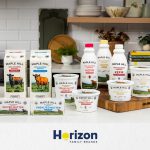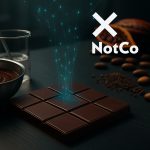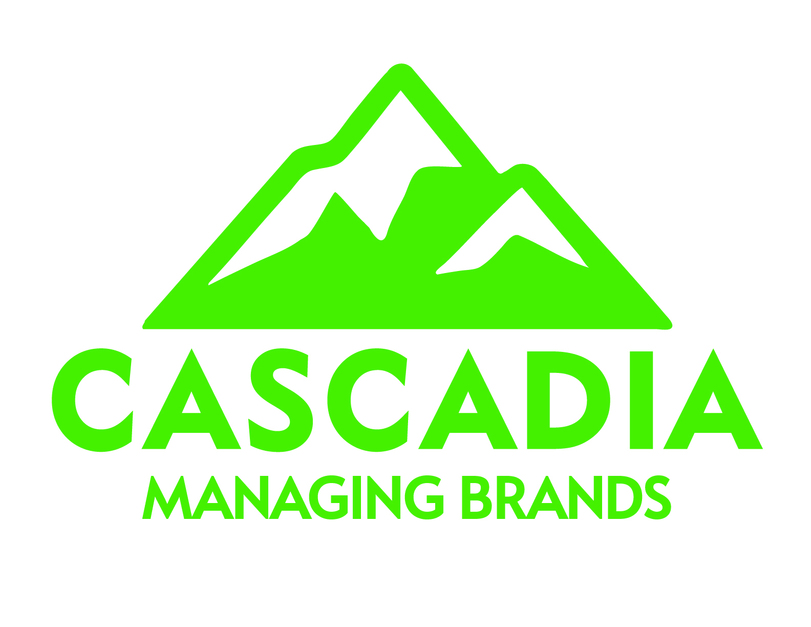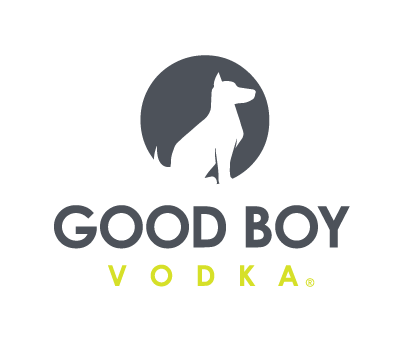As Costs Rise, Brands Reconsider D2C; ‘I Think it’s the Beginning of a Trend’

Way back in 2020, the pandemic put the pedal to the floor on grocery ecommerce growth as startup CPG brands, faced with lockdowns and social distancing, raced to open their own online direct-to-consumer shops.
But three years later, D2C sales growth is leveling out from its explosive heights and the opportunities for startups in the space have tightened. In December, Insider Intelligence reported that established brands across all industries now accounted for over 75% of all D2C sales. Add in record inflation creating higher shipping and fulfillment rates, along with changes in the digital marketing ecosystem that have tripled customer acquisition costs, and the path forward for independent brands selling direct becomes even more challenging – to the point that many are simply giving up.
In recent months, multiple brands – ranging from sports drink maker Barcode to canned water unicorn Liquid Death – have quietly dropped direct-to-consumer shipping for beverages from their websites, choosing instead to focus on selling via Amazon as it continues to consolidate its position as the country’s dominant online CPG market.
According to a January 2023 Brick Meets Click report, U.S. online grocery sales are expected to grow at a CAGR of 11.7% from 2022 through 2027. However, all-industry D2C ecommerce growth is decelerating: Insider Intelligence reported it’s expected to grow 16.6% in 2024, compared to 33.8% growth in 2020.
Last month, better-for-you cookie maker Partake Foods announced it too would drop its D2C business, effective May 1, in favor of focusing on its brand in retail. The decision, founder and CEO Denise Woodard said, will help free up resources that can be put towards things like innovation and alternative channel growth.
“This decision is not one we made lightly—rather one made after careful consideration, as a small business, of our growing operational expenses and our commitment to putting resources into making products that are high-quality, accessible, and inclusive,” Woodard said in an email. “This made sense from a business perspective because we are continuing to see momentum in the snack aisle, across retail and foodservice and on-premise, and want to be able to dedicate financial and human capital resources to support the parts of the business showing the most opportunity.”
While she cautioned that it was by no means a “dramatic” exodus, Betsy McGinn, an ecommerce expert and founder of McGinn eComm, said the shift away from in-house D2C is a real trend, as multiple companies have transitioned their online sales operations out-of-house to be serviced solely by third party platforms.
“I think it’s the beginning of a trend,” she said. “I do think it’s a handful of brands. If they’re not leaving immediately, I’m hearing brands talk about it all the time now, because it has become a real decision point for them.”
In beverage, high freight fees have posed a persistent challenge for D2C sales, McGinn said. It can cost upwards of $20 just to ship 12 to 16 bottles, severely limiting the already-tight margins.
McGinn suggested that inflation has led many entrepreneurs to reassess their resource allocation. The conversion rate for website visits to sales has always been low for D2C, she noted, typically around 2.5%. Going strictly through Amazon, however, provides more consistency in fulfillment and shipping fees, while often serving as a higher volume platform where consumers are more likely to discover the brand.
“When faced with something that’s becoming less profitable, harder to acquire new customers, and requires a lot more hands-on management, it’s an easy decision to make and choose where you really want to spend your time and money,” McGinn said.
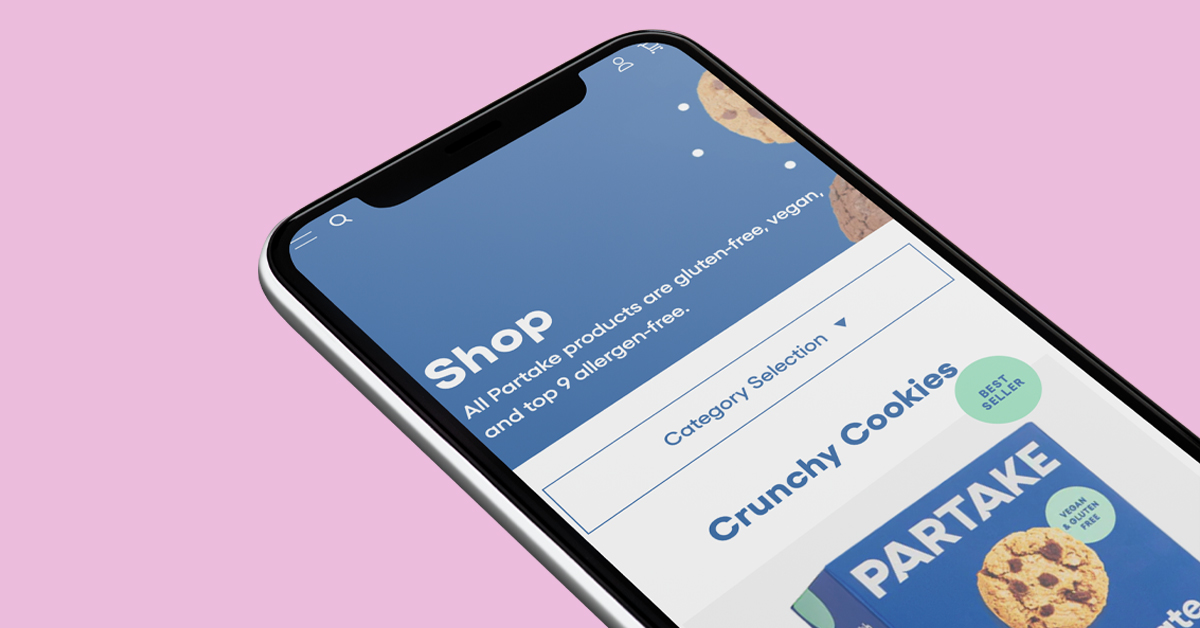
One big hurdle for D2C brands came in 2021 when Apple rolled out a new smartphone operating system update that allowed its users to opt out of tracking from websites such as Facebook. Many consumers readily took advantage, severely limiting the amount of data available to advertisers and forcing brands to adopt entirely new marketing strategies.
Prior to the update, Nik Sharma, CEO of strategic firm Sharma Brands, said the Facebook Ads model functioned like “advertising on easy mode,” providing in-depth information about consumers’ interests and their likelihood of clicking a link or buying a product. Today, he said, the algorithm may only be able to say, for example, that a consumer “ended up looking at pineapple water and then left, that’s all the data you get back.”
“Advertising has changed from this lower-funnel advertising to this more full-funnel approach where your ads have to work whether somebody has no clue what your product is, or they know everything about your product,” Sharma said.
As well, the influx of brands launching D2C businesses in 2020 made the landscape more competitive and difficult to stand out online. McGinn noted that many brands have seen the cost of customer acquisition triple over the past year, and Sharma suggested that the impact these changes have had on advertising has caused some brands to see their online marketing costs rise as much as 5x to 10x while working with approximately “80% to 90% less data.”
Founded in 2019, early stage soup brand Tomato Bliss had primarily sold its products D2C for most of the company’s lifetime. However, CEO Monique Moore said that the company made the decision to streamline operations and transition all online sales to Amazon this year. While fees are still high, Moore said that through working with consultants and “attention to the bottom line” the company has been able to structure its business to make Amazon a profitable primary channel.
Since Tomato Bliss began selling on Amazon in January 2022, Moore said customer acquisition costs have remained consistent over the past 15 months.
“From a marketing standpoint, from a community building standpoint, nothing has really changed,” Moore said. “But from a point of sale standpoint, and then the back end operations, that’s where we were able to see some nice efficiencies by working with Amazon.”
Dropping D2C doesn’t come without risks, however. McGinn suggested that for many companies it may be more advantageous to restructure their online business rather than abandon the model entirely. In particular, the direct feedback and relationship between brands and consumers that D2C provides can be highly valuable – particularly as platforms like Facebook Ads have become more cumbersome. So while it may be harder to draw in new customers, brands can learn a lot about the ones they already have.
D2C also gives companies significant flexibility to experiment, Sharma added, testing new innovations, messaging and target consumer bases. As well, finding out where your sales are coming from can greatly inform retail strategy as regional data can help founders make decisions around brick-and-mortar launches.
Regardless of whether brands keep selling direct-to-consumer or not, however, McGinn said online shopping is continuing to grow. So whether it’s in-house or through a third party, maintaining a web presence is optimal.
“There are still really valid reasons for doing both direct-to-consumer and other ecommerce platforms like Amazon,” McGinn said. “But there are certainly challenges that D2C faces that other platforms don’t.”


